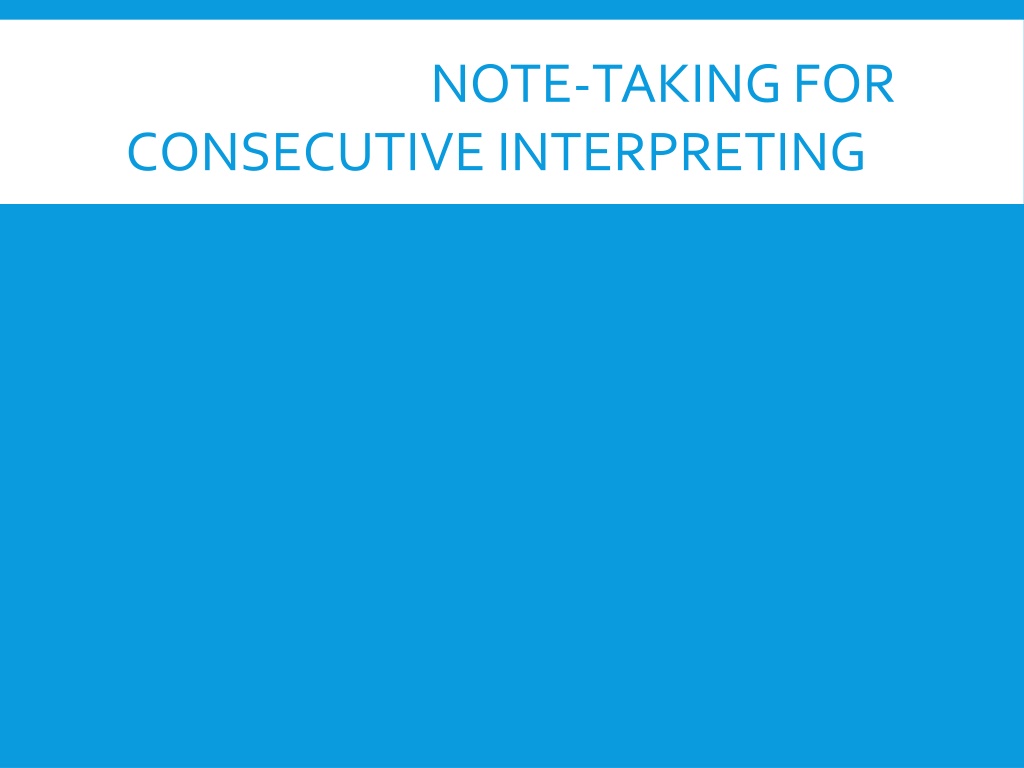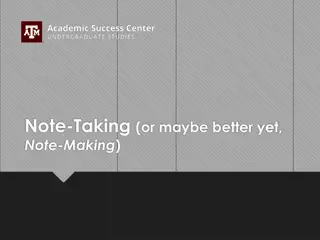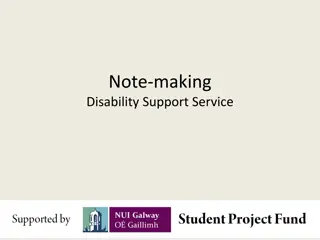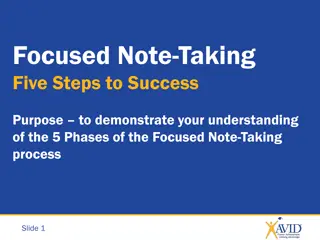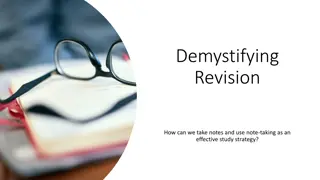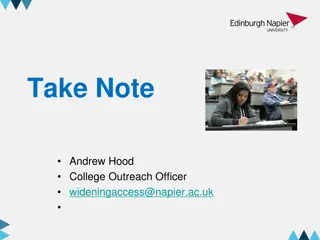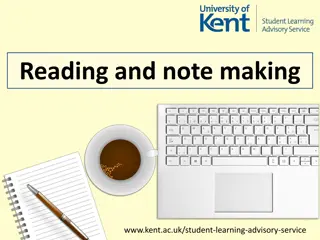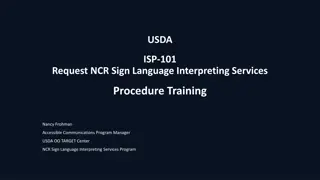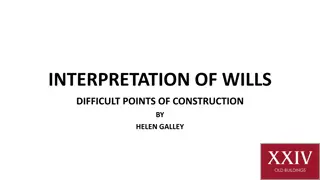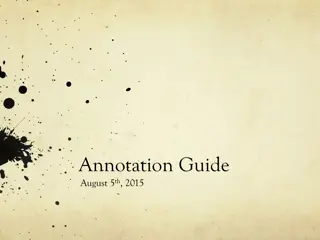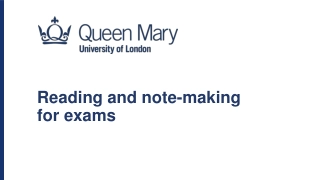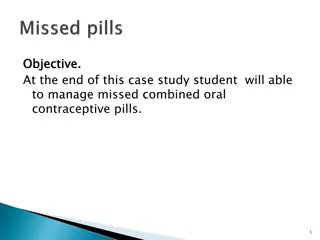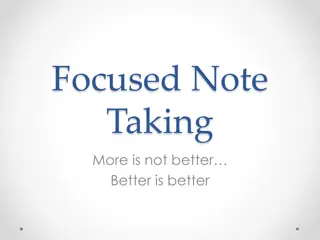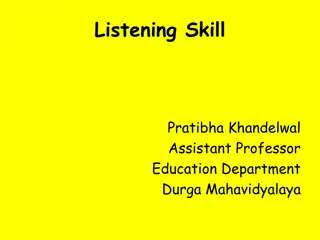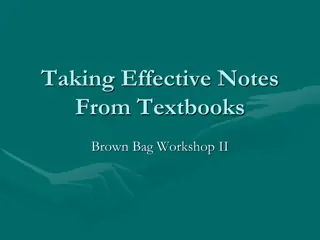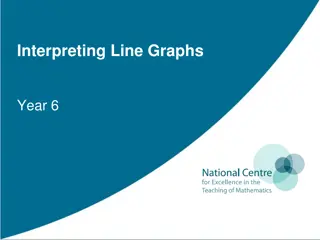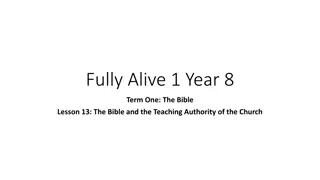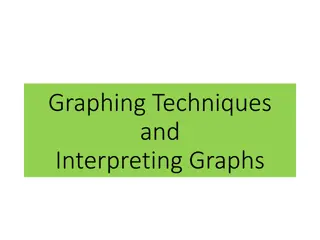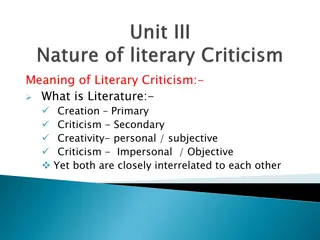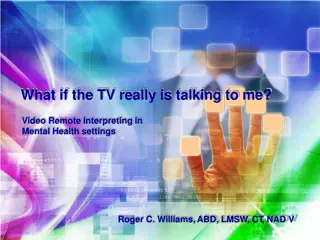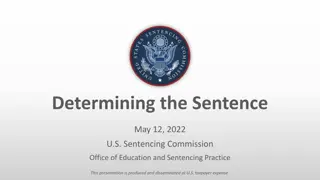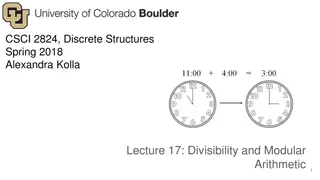Effective Note-Taking for Consecutive Interpreting
Importance of developing note-taking skills in community interpreting to avoid interrupting speakers, use of digital recorders in court for long consecutive interpreting, considerations for emotionally charged settings, and principles for effective note-taking in interpreting practice. The significance of noting the idea, not just the word, and the macro and micro levels of note-taking are discussed, highlighting the role of note-taking in capturing the skeleton structure of speech for successful interpretation.
- Note-taking
- Community interpreting
- Consecutive interpretation
- Interpreter training
- Effective communication
Download Presentation

Please find below an Image/Link to download the presentation.
The content on the website is provided AS IS for your information and personal use only. It may not be sold, licensed, or shared on other websites without obtaining consent from the author. Download presentation by click this link. If you encounter any issues during the download, it is possible that the publisher has removed the file from their server.
E N D
Presentation Transcript
NOTE-TAKING FOR CONSECUTIVE INTERPRETING
Katharine Allen (51st ATA Conference, Denver) Importance of developing note-taking skills in community interpreting not interrupting speakers all the time for short consecutive interpretation. Community interpreting training programs are teaching would-be interpreters to interrupt people all the time Sometimes the medical provider is giving a long explanation to the patient about his/her condition and their plans for patient recovery lose track when interrupted. Importance of note-taking
In court, Many interpreters are now using digital recorders in the long consecutive mode Then providing simultaneous interpretation However, recorders sometimes fail (technical problems, etc) Importance of note-taking
But, long consecutive interpreting with note-taking may not be the best model all the time the distance between the original speech and the interpreted rendition is too long paralinguistic elements (nonverbal communication, intonation, emotional outbursts, etc) are lost. Maybe in these emotionally charged settings, the simultaneous mode would be the best format Note-taking?
7 principles Noting the idea, not the word Abbreviation Unless a word is short (4-5 letters), interpreters should use an unambiguous abbreviated form Links Negation OK = agree; then disagree = Emphasis Verticality top to bottom Shift OK Jean-Fran ois Rozan (1956)
54, prices but no = income so popon Over the course of 1954, prices rose, although not to the same extent as income, thus the population s net income increased. Notes
Macro Looking at the bigger picture Structure, framework, the way the speech is built up Micro-level Words, expressions Note-taking for consecutive interpreting Skeleton structure of the speech. Visual representation of your analysis of the source speech. Andrew Gillies (2005)
Exercise Measuring the demand for treatment of substance use disorders is vital for monitoring changes in the pattern of drug use in the community and in planning a responsive treatment system. This survey has been developed in the framework of the UNODC-WHO Programme on Drug Dependence Treatment and Care.1
Different tasks Phase 1: listening and analysis, note-taking, short-term memory operations, coordination of these tasks Phase 2: note-reading, remembering, production Difficulties: If you re thinking too much about how to note something, you will listen less well. If your notes are unclear or illegible your production will suffer because you ll put too much effort into reading them. Note-taking
Dissecting the speech Analyzing its structure, progression Analyzing the communicative function of different parts of the speech Recognizing the main ideas and secondary ones Spotting the links between them Note-taking
To summarize: Function and structure of the speech s parts. Not the content! Mini Summaries
Way of organizing information on a piece of paper Organic chart Words and drawings are connected to one-another on the page in various ways Lines Position on the page relative to one another How the mind associates and recalls information Mind Maps
In the long term the idea is to develop a European high-speed railway network with Paris at its centre. A line to the north will reach Brussels, where it can branch out to the east to Cologne, or continue further north to Amsterdam and later even Hamburg. To the south- east the line through Lyon will Enter Italy through Turin and reach through Rome and Naples right down to the toe of Italy. In the south-west alink up with Spain via Barcelona and then to Madrid will make it possible to extend the network down to Seville. Mind Maps
Who did what to whom? The sentence Basic unit of communication Subject Verb Object SOV
Who does what to whom (or to what)? S V O O We took stockof relations and thesituation Forthepurposesofnote takinginconsecutive interpreting an ideais . SVO SVO
On each page Two or three sections Subject, verb and object Diagonally across the page. Don t squeeze more than this onto a page Will be harder to read back SVO
Easier to read back Less writing on a page, so ideas stand out Visible structure Visible at a glance, which is not possible if we note horizontally as we write normally. Eyes move from left to right Like a typewriter, always coming back to the left at the end of each idea The beginning of each idea Is noted furthest to the left, so we see it first No syntactic interference Something that horizontal notes encourage. That means using the wrong word order in the target language because you noted something in the source language order Space for additions SVO Diagonally
There were developments we took stock relations +situations It is tooearly SVO Diagonally
Links Signal the way the speaker wants to listener to relate what is about to be said to what has been said before Speech Ideas Links between them Links
The economy is struggling. The Central Bank has left interest rates unchanged. The economy is struggling. However, the Central Bank has left interest rates unchanged. The economy is struggling. Consequently, the Central Bank has left interest rates unchanged. Different messages Bring ideas into relations with one another Provide more information about the situation Links
Its not uncommon for speakers to have the same subject doing many different things. By noting the verbs parallel to one another on the page Clearly see they have the same subject Parallel Values
First, any successful economy needs to conform to certain basics. It should be an open economy, willing to let capital and goods move freely. It needs financial and monetary discipline - the markets and investors swiftly punish the profligate. It needs to encourage business and enterprise - to create an enabling climate for entrepreneurs. A few years ago, people might have stopped there. But now we can add confidently: the successful economy also must invest heavily in human capital, technology and infrastructure. Education is a top economic as well as social priority. High levels of unemployment and social exclusion do not just disfigure society, they waste the national resource of human talent. Parallel Values
Because the French government has cut customs duties. Because the French, German and British governments have cut customs duties. Parallel Values
Because the French, German and British governments have cut customs duties, visa fees and administrative charges. Parallel Values
By positioning an element vertically below another In brackets Clearly identify One belongs to the other Is subordinate to it within the clause or SVO group We can adjust our intonation appropriately Brackets
And today? The changes, even since 1973, when Britain entered the European Economic Community, are remarkable: Brackets
First thing students interpreters ask about Knowing a reasonable number of useful symbols can make our lives easier But unimportant when compared to all of what we have read before If you don t have a consistent and meaningful note-taking system No symbol is going to help you Symbols
Not only a picture Short word Pair of letters Single letter The important thing is what it represents Concepts not words Concepts not words They re not one-to-one translations so they help us avoid source language interference when we interpret Symbols
Clear and unambiguous Quick and simple to draw More than 3 strokes of the pen is probably two slow. Prepared in advance DON T IMPROVISE MID SPEECH Consistent If E is energy, make sure it stays energy always and find yourself another symbol for environment and economy. Organic Starting point for many other symbols Must mean something to you Don t blindly copy symbols you see if they don t create associations for you Symbols
The symbol of the square commonly denotes country, nation, land, state al ally ze tn o national (adjective nationally to nationalize nationalization national (noun), citizen Symbols - Organic
Return, come back, reverse, regress Rise, increase, grow, climb, etc Fall, decline, slide, slip, drop, shrink Exchange, relations Lead to, consequence of, therefore Symbols The Arrow
Math Science Music Text messages Keyboard Punctuation marks Vehicle registrations D DA UK CH F Short words in other languages: = + > < % / E t # L8R R U OK? 2 etc. % & @ ? ! ( ) " : so hi ta ok / deja / ergo etc $ Y L Fe Na / pero Currencies Periodic table Po Ag CO2 CO NO2 H3SO4 Where to find symbols?
Skills Fluency Natural intonation Engaging your audience Using your notes correctly Read might be misleading Interpreters do not read their notes in the usual sense of the word. You re constantly reading ahead of your notes Reproduction/ Delivery
Good speakers vary Volume Speed Tone of delivery Interpreters will want to do the same Based on What the speaker said Memory Notes taken Reproduction/ Delivery
Rozan, Jean-Franois. Note-taking in Consecutive Interpreting. Trans. Andrew Gillies. Tertium. Poland, 2004. Gillies, Andrew. Note-Taking for Consecutive Interpreting: A Short Course. St. Jerome. 2005 http://interpreters.free.fr/ References
